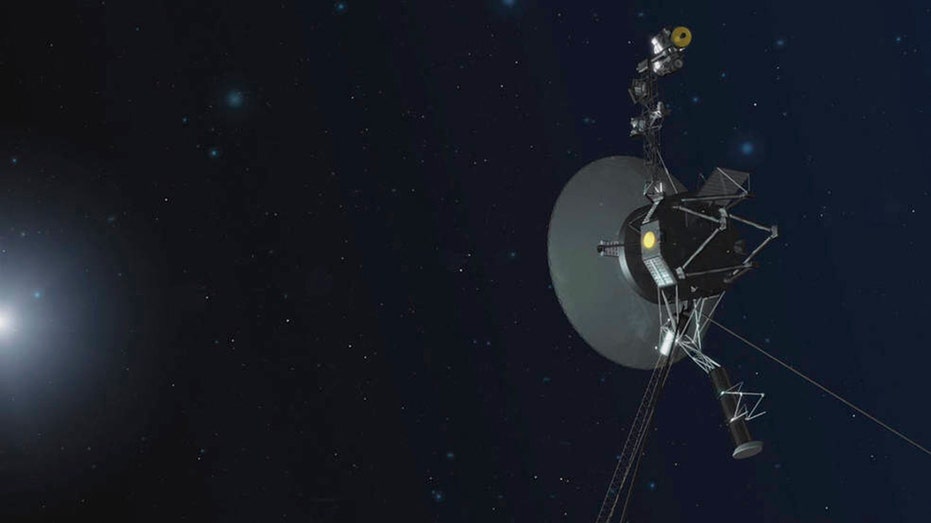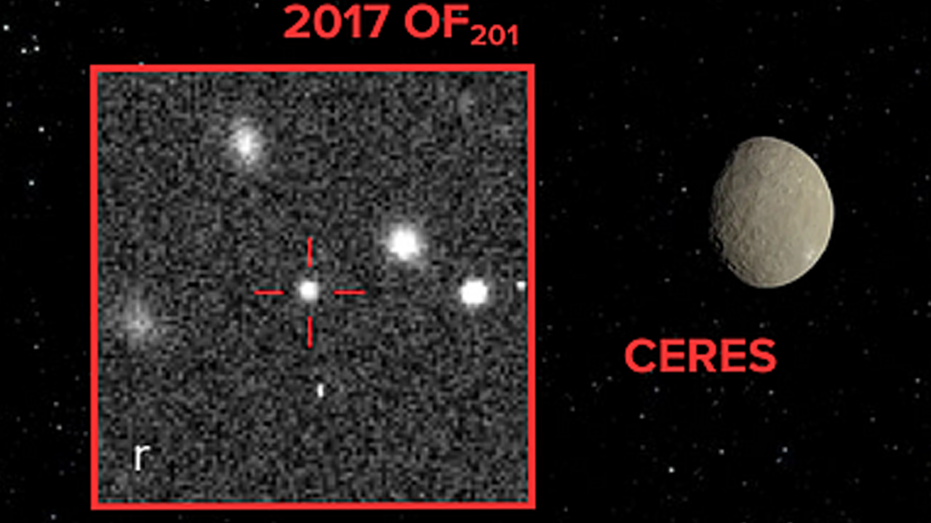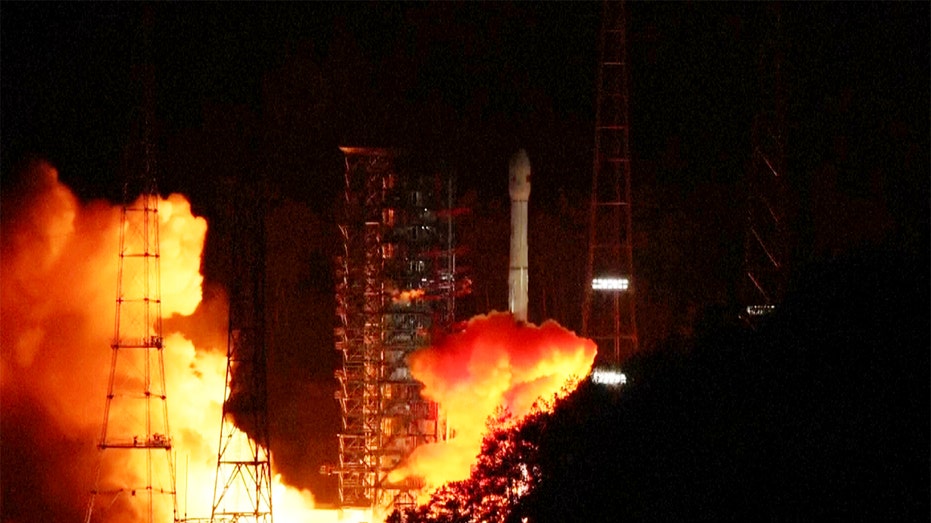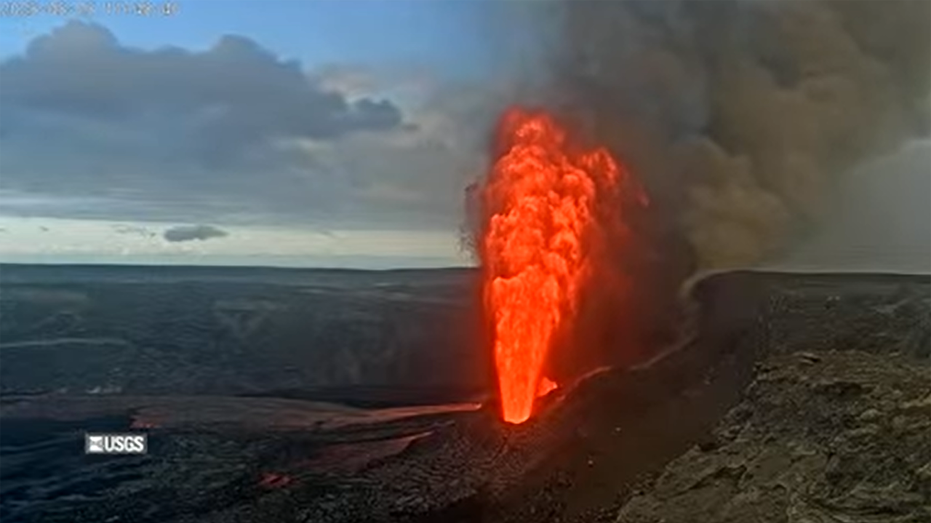NASA Dusts Off Ancient Tech to Chat with Voyager 1: Talk About Throwback Thursday!

Sarah Johnson
March 1, 2025
Brief
NASA restored contact with Voyager 1 after months of silence, using a decades-old S-band frequency to communicate with the 15-billion-mile-distant interstellar spacecraft.
After a brief communication hiccup with Voyager 1, NASA re-established contact with the interstellar spacecraft, which is chilling over 15 billion miles away. They had to pull out some seriously old-school tech to do it – a frequency they haven't used in over four decades.
Communication with Voyager 1 hasn't exactly been smooth sailing. Back on Nov. 14, 2023, the spacecraft stopped sending readable data to NASA’s Jet Propulsion Laboratory in Southern California. It wasn't until April that mission control started receiving commands again.
More recently, one of its two transmitters gave up the ghost, likely due to Voyager 1’s fault protection system, which is basically its onboard self-preservation mechanism.
NASA explained that if the spacecraft starts sucking up too much power, the fault protection system jumps in to conserve energy by shutting down non-essential systems.
VOYAGER 1 DETECTS ‘HUM’ WHILE IN INTERSTELLAR SPACE: REPORT
The space agency mentioned that the flight team sent a command to activate one of the spacecraft’s heaters on Oct. 16. Considering it takes nearly 23 hours for a command to reach the spacecraft, and another 23 hours for the data to come back, patience is definitely a virtue in this line of work.
Engineers suspected Voyager 1 should have had enough juice to run the heater, even though the fault protection system was triggered.
On Oct. 18, the team realized there was an issue because the Deep Space Network couldn't detect Voyager 1’s signal. Communication usually happens via the X-band radio transmitter, named for its frequency.
NASA PUBLISHES NEVER-BEFORE-SEEN PHOTOS OF ‘RAVIOLI’ MOON ORBITING SATURN
Turns out, the fault protection system lowered the rate at which the transmitter could send data, altering the X-band signal the Deep Space Network was listening for. Classic case of tech gone rogue!
Once they found the signal, Voyager 1 seemed stable, and the team started investigating. But on Oct. 19, communication went dark again.
The team figured the fault protection system had been triggered a couple more times, switching to a second radio transmitter called the S-band, which uses less power.
NASA RE-ESTABLISHES COMMUNICATION WITH VOYAGER 1 INTERSTELLAR SPACECRAFT THAT WENT SILENT FOR MONTHS
Here's where it gets really interesting: Voyager 1 hadn’t used the S-band to talk to Earth since 1981.
Engineers with the Deep Space Network managed to pick up the spacecraft’s communication from the S-band. Instead of risking the X-band again, they sent a command on Oct. 22 to confirm the S-band was working.
Now, they're digging into what happened so they can get Voyager 1 back to its usual operations.
Voyager 1′s journey began in 1977 when it and its twin, Voyager 2, set off to explore the gas giant planets.
After sending back awesome pics of Jupiter’s giant red spot and Saturn’s rings, Voyager 2 swung by Uranus and Neptune. Meanwhile, Voyager 1 used Saturn as a gravitational boost to zoom past Pluto.
Topics
Editor's Comments
It's kinda wild that we're still talking to something launched in the '70s. Makes you wonder what kind of tech we'll be dusting off in another 40 years!
Imagine being a NASA engineer and having to troubleshoot a spacecraft billions of miles away. Talk about a remote support gig!
Like this article? Share it with your friends!
If you find this article interesting, feel free to share it with your friends!
Thank you for your support! Sharing is the greatest encouragement for us.



